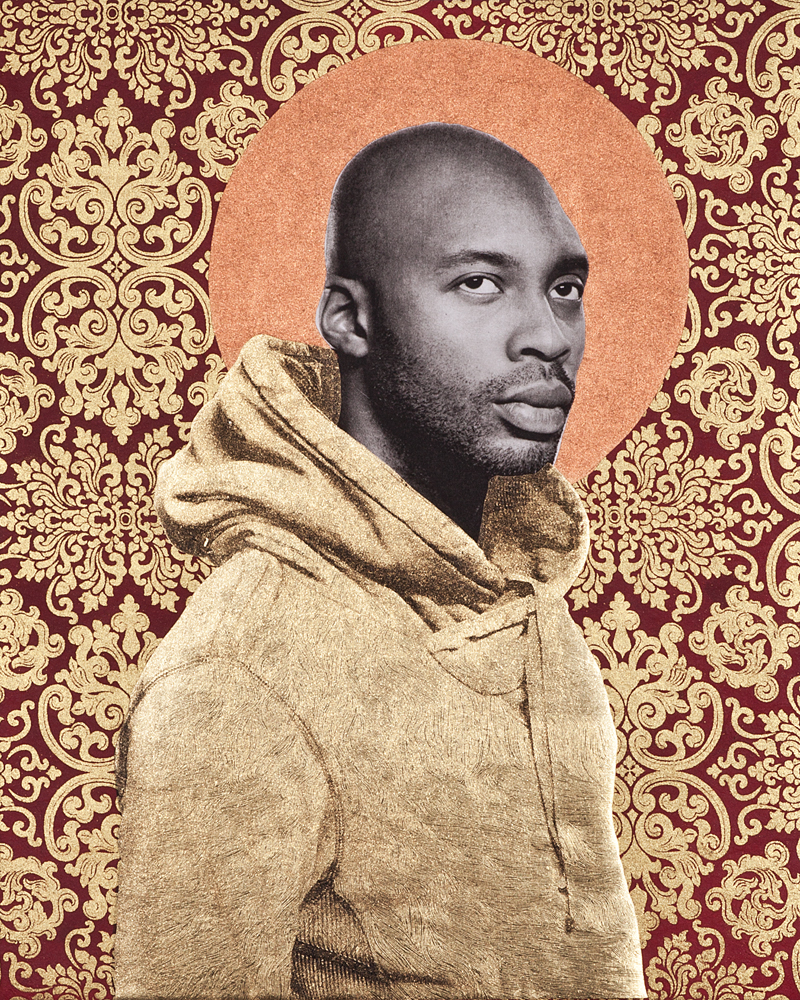Gabriel Garcia Roman, Queer Icons, 2014.
About:
“Photographer Gabriel Garcia Roman’s portraits feature friends and acquaintances, activists and poets, Americans and immigrants — some naturalized, some undocumented.
All of them are queer people of color.
![]()
“I wanted to specifically focus on this community because queer and trans people of color are so rarely represented in the art world,” says Roman, who is Mexican-American and also identifies as queer.
The photo series, called “Queer Icons,” evokes the colorful, religious artwork that Roman grew up with. “Because I grew up Catholic in a Mexican community in Chicago, my first introduction to art was religious art,” he says.
![]()
He was particularly inspired by the fresco paintings of haloed saints that decorated the walls of his neighborhood church. “I’ve always thought of the halo as something very powerful — it’s like a badge of nobility,” he says.
And because Roman’s subjects are activists and artists who do good for the community, “I wanted to represent them as saints,” he says.
![]()
He also wanted to capture their pride and their strength. “I wanted them to be warriors — that’s why a lot of them are looking straight at the camera, saying ‘Here I am, and I’m not going to hide.'”
Some of the images feature poems or prose, written by the subject of the portraits. Roman uses the silkscreen printing method to layer text and photograph with color and pattern.
He has shown this work at several exhibits around the country. As of now, he works on the project in his free time — he works at a market research firm by day.

Like many of the people he has photographed, Roman, 41, says he often grapples with his identity. He moved with his family from Zacatecas, Mexico to the US when he was two years old, and they were undocumented until he was 15. “I grew up in the states always being reminded that I was Mexican,” he says. “When I finally went to Mexico for the first time, when I was 31, everyone there was like ‘You’re not Mexican — you’re American.'”
These images play with feelings of not belonging, and, above all, being seen.”
